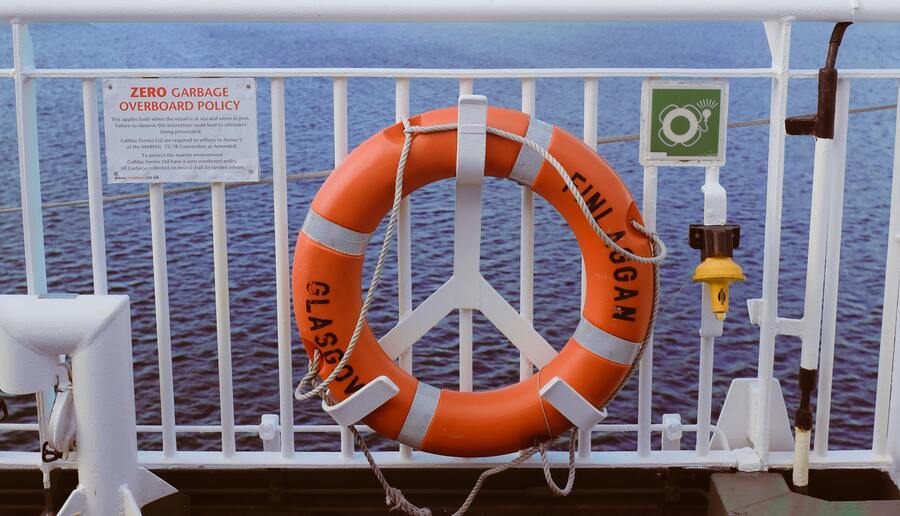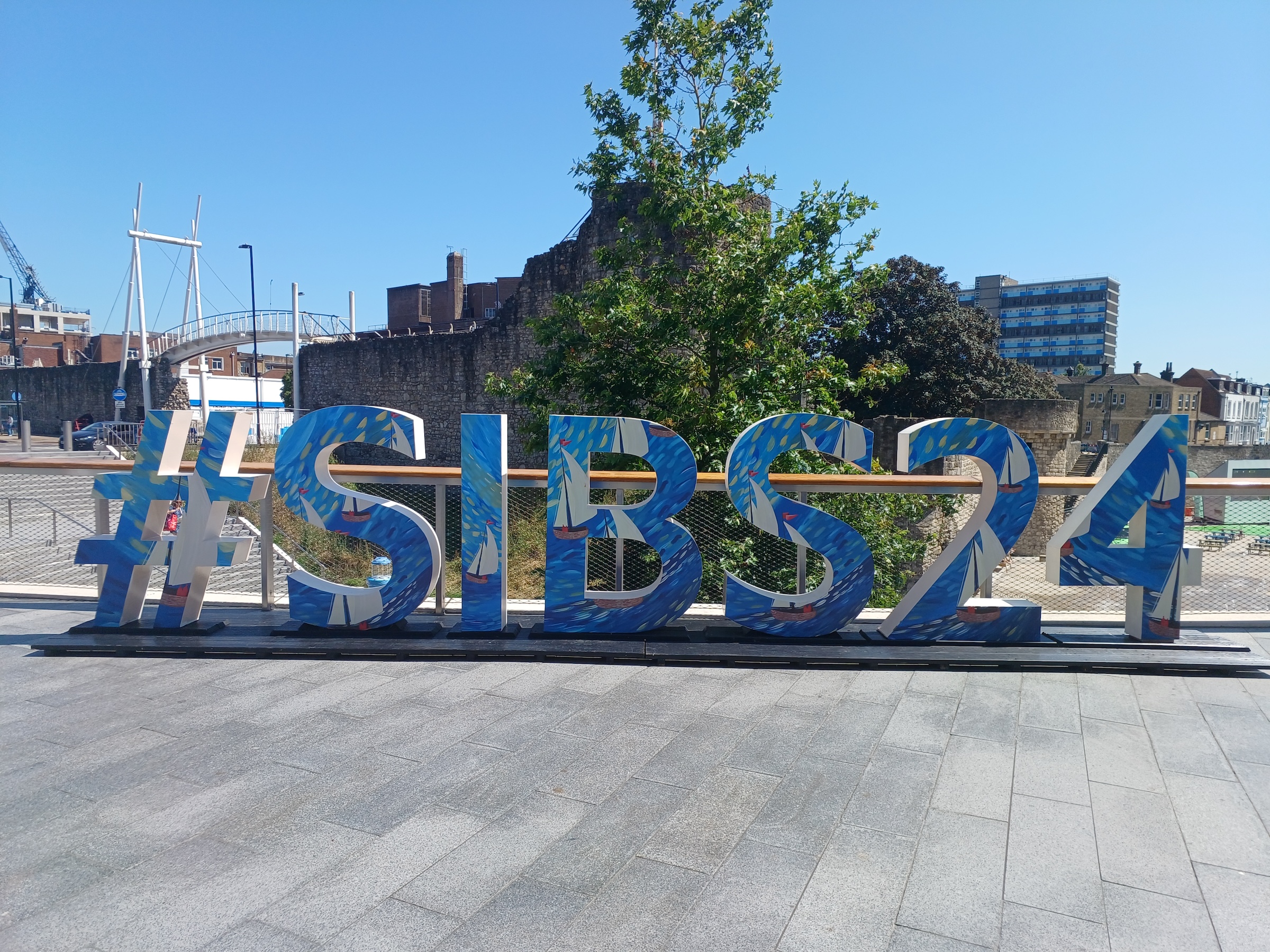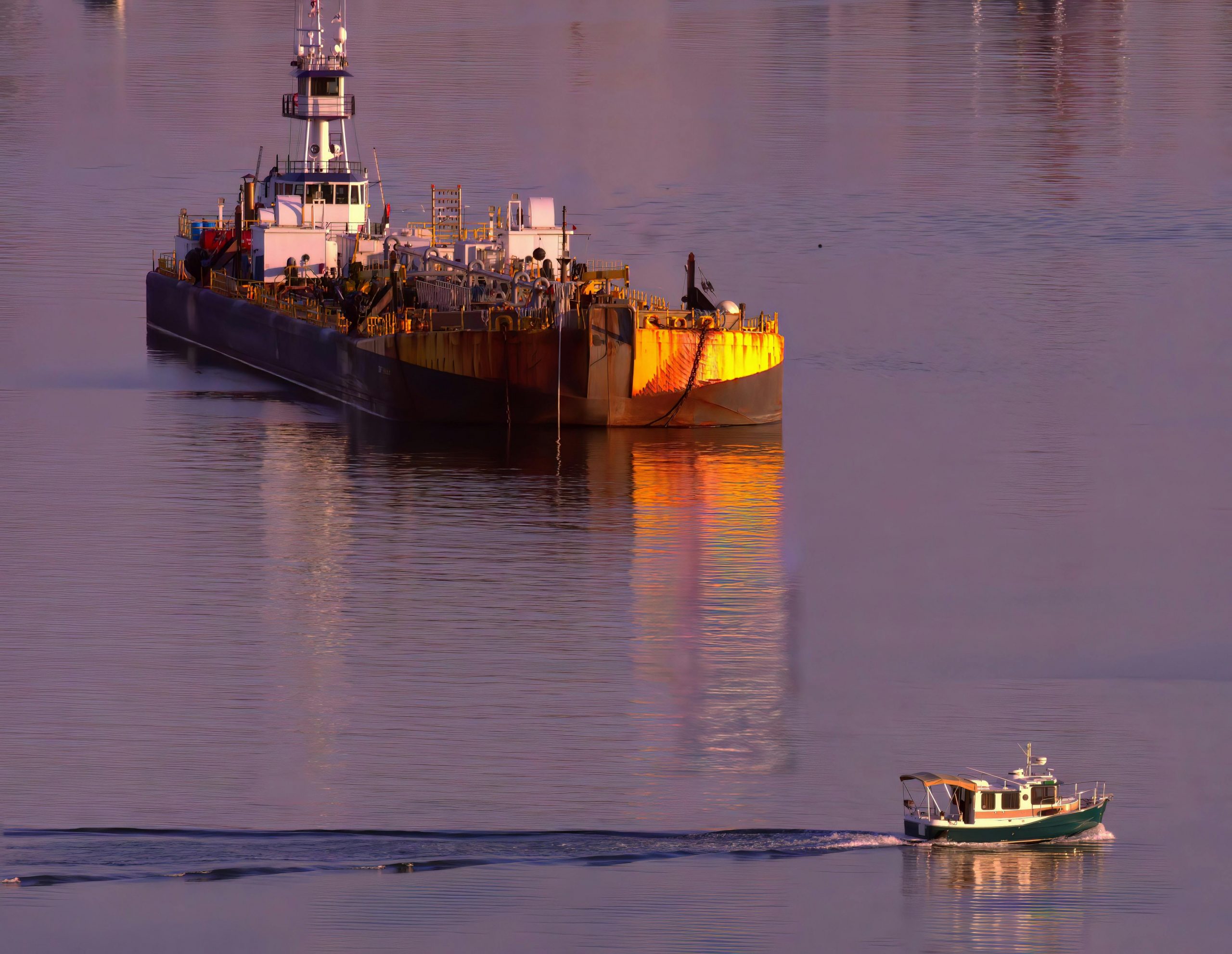Dangerous situations at sea could be prevented with the right knowledge and the correct use of equipment, say safety experts at the RNLI
Going out on the water can be a lot of fun, but conditions can change quickly and the sea has the potential to be a dangerous place. Taking some simple precautions can make your time on the water even more enjoyable, and reduce your chances of getting into trouble.
• Carry a means of calling for help
• Keep an eye on weather and tides
• Always expect an accident to happen
The Royal National Lifeboat Institution (RNLI) experiences first hand what happens when things do go wrong. The most common cause for lifeboat call outs in 2015 was boats with machinery failure, which accounted for 1,492 launches (18% of all RNLI launches last year). Sailing pleasure craft accounted for 1,579 launches (19%) and power pleasure craft 1,464 launches (18%). Here’s some advice from the RNLI on how to be prepared and stay safe when you’re at sea.
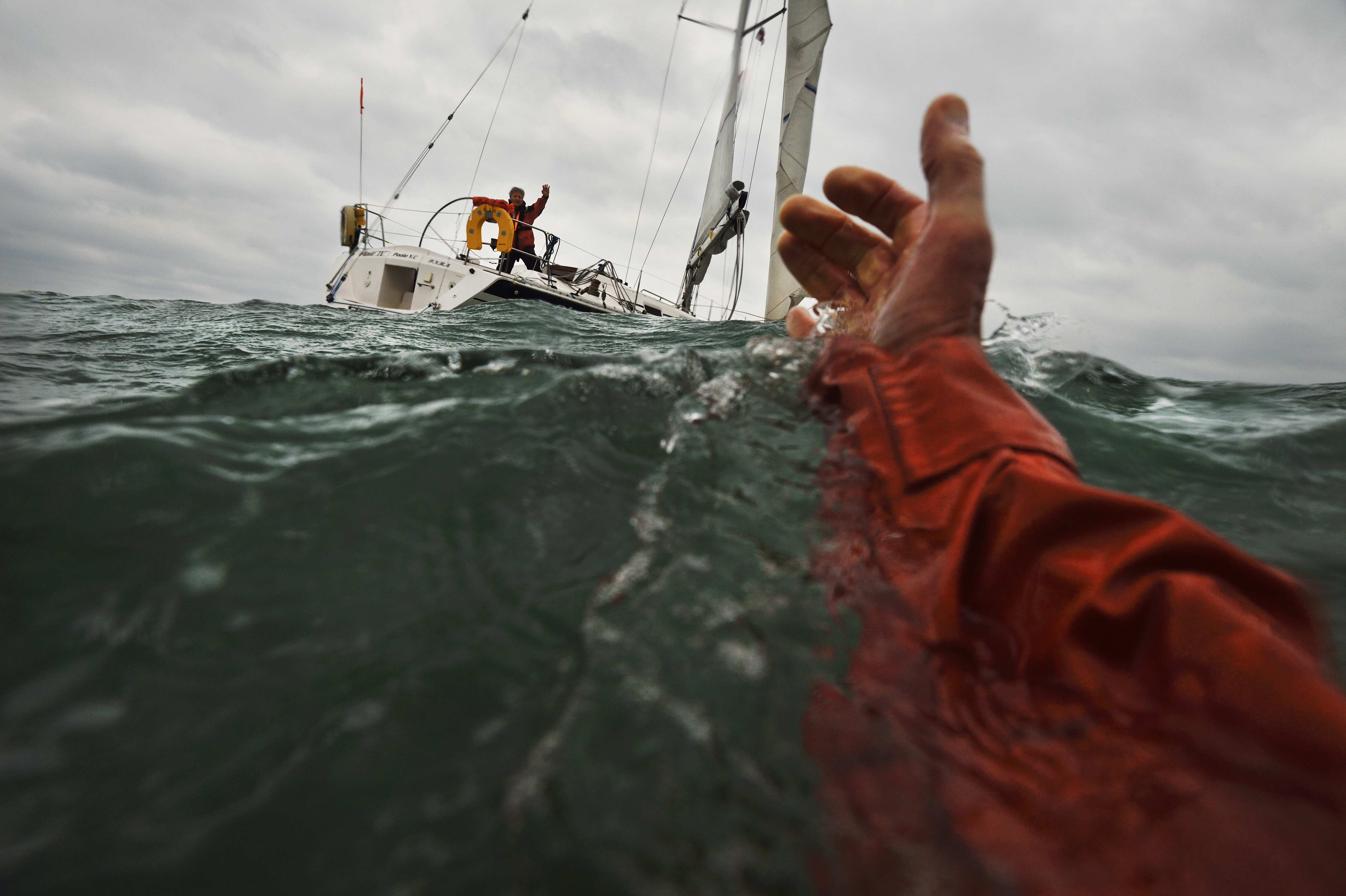
WEAR A LIFEJACKET
Lifejackets are useless unless worn. Many tragedies could have been prevented if the casualties had been wearing lifejackets and harnesses. Boaters usually don’t intend to enter the water, but lifejackets are still necessary and could save your life if you fall in unexpectedly.
It's the skipper’s responsibility to show the crew where lifejackets and harnesses (safety lines that attach the sailor to the yacht) are stowed, how to put them on and secure them, and when and how to operate them.
The skipper should identify harness attachment points for moving around the yacht. These are typically placed close to the companionway, on either side of the cockpit, so the crew can clip on before coming on deck. Jackstays along the side decks provide a good solution to moving fore and aft without having to unclip.
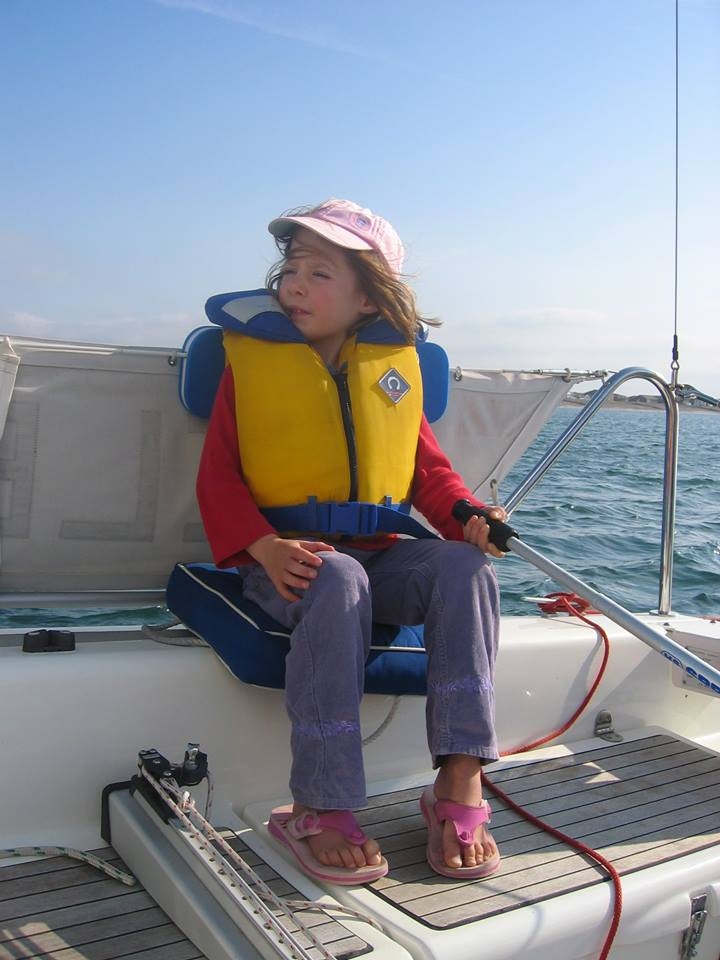
Cold water shock is an uncontrollable physical reaction from the initial shock of immersion in cold water. It causes you to gasp for air and can numb your limbs, leaving you helpless. It can last from 3-5 minutes during which even the fittest person is unable to swim or to focus on breathing; so wearing a lifejacket with the correct buoyancy is vital to survival.
Cold water shock can be triggered in water temperatures lower than 15°c. The average temperature of our waters is 12°c, so even in summer months British and Irish waters are cold enough to cause cold water shock.
Always make sure you choose a lifejacket that fits comfortably over your normal sailing clothes and is fully adjustable. Crotch straps are essential to hold you in the correct position and stop the lifejacket rising above your head. They secure the lifejacket to you, keeping your head above water. Well-adjusted crotch straps will be as short as possible while still allowing comfortable movement.
It’s important to choose the right lifejacket for the correct activity, as lifejackets come in a variety of buoyancies to suit different purposes. The buoyancy of a lifejacket is measured in Newtons, and there are typically three classes of lifejacket:
Level 100 – The level 100 lifejacket is recommended for use in sheltered and calm waters. It may not have sufficient buoyancy to protect a person who is unable to help themselves and may not roll an unconscious person onto their back.
Level 150 –The level 150 lifejacket is for general use on coastal and offshore waters where a high standard of performance is required. It's designed for boating activities where you wouldn’t expect to fall in the water. It should turn an unconscious person onto their back and requires no subsequent action by the wearer to keep their face out of the water. Its performance may be affected if the user is wearing heavy and/or waterproof clothing.
Level 275 – A level 275 lifejacket is designed for those wearing dry suits, immersion suits, bulky waterproof clothing or weighty items such as a tool belt. The extra buoyancy is to overcome the trapped air in the clothing (or weight of tools) which would otherwise prevent the lifejacket from turning an unconscious wearer face up.
Specialist lifejackets are available for infants and children.
Take time to find a style of lifejacket that's comfortable to wear and suits you. The best lifejacket is the one you'll wear. For more information on finding the correct lifejacket for you, search online for ‘RNLI Choose It, Wear It Guide’.
CARRY A MEANS OF CALLING FOR HELP
Surprisingly, even in crowded waters and close to the shore it may be that a life-threatening incident goes unnoticed. A member of your crew may sustain an injury on board, there may be an engine or rigging failure, and vessels close by could be completely unaware. This can also apply to those on windsurf boards, kayaks etc. Carry a means of calling for help but, most importantly, keep it within reach at all times.
Personal Devices
To keep on your person during your trip, in case you go overboard and need to call for help, we would recommend either a PLB (Personal Locator Beacon) or a Personal AIS (Automatic Identification System) Device. Both these systems are electronic and show your position in the water, but have different features and benefits:
Personal Locator beacon (PLB)
Automatic Identification System (IAS)
A recognised way of calling for help.
When you set off your PLB, the Coastguard will know to send help.
Not a recognised way of calling for help.
An IAS sends your location, but doesn’t highlight that it’s a distress signal.
Alerts the emergency services
Works by sending a signal to a satellite, then redistributing it to a maritime rescue coordination centre.
Alerts any vessels around you
AIS will tell anyone in a 5 mile range who has an IAS receiver where you are. You need to think about if there will be anyone around in a 5 mile radius with an IAS receiver.
Needs to be registered with the Coastguard
Registering your PLB with the Coastguard means they know it’s you who is in trouble. They can then recognise that as a call for help and they will send a lifeboat out to the GPS position given by your PLB.
Needs to be tested with your crew
You need to make sure you’ve tested it so your crew know what symbol will appear on their screen if you activate your AIS. It would be your crew’s responsibility or a nearby vessel to call the Coastguard if they can’t help you.
Both devices have benefits, so it’s up to you to shop around and pick the best device for you. Flares and mobile phones can be a useful back up, but they should never be your primary means of calling for help. We strongly recommend a PLB or AIS device as a more reliable means of calling for help.
For your Vessel
A Very High Frequency (VHF) radio or Emergency Position Indicating Radio Beacon (EPIRB) can also be useful to call for help from your vessel. To find out more about these devices and choose what the best one for you is, visit RNLI.org/seasafety.
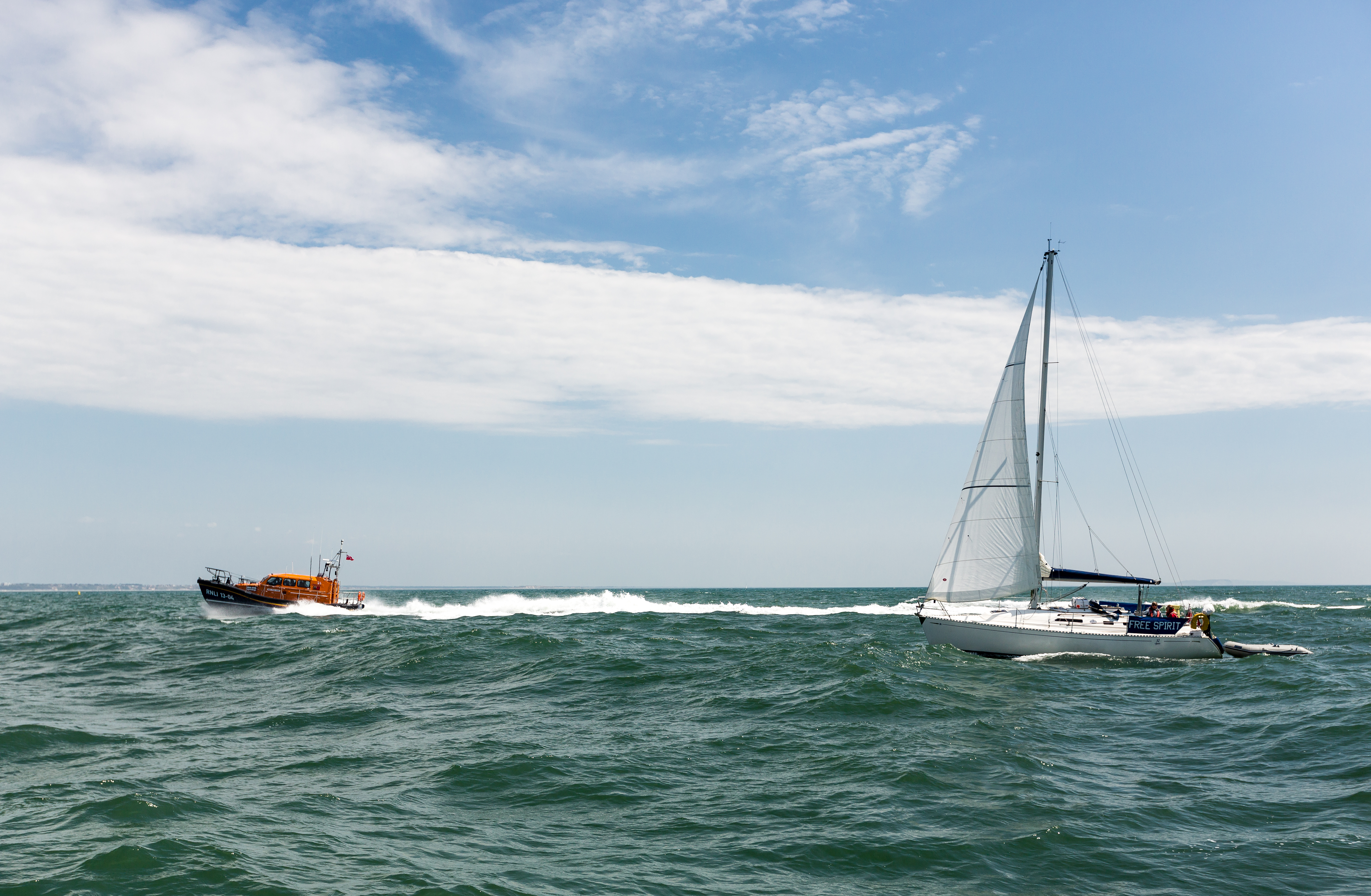
KEEP AN EYE ON WEATHER AND TIDES
Weather can change quickly so always check the forecast conditions before you go out to sea. Some options for checking the weather forecast and tide times include looking online, in apps and listening to radio forecasts. There are many specialist online marine forecasts designed for boaters and sailors.
Always check the weather forecast and tide times before you set off. If you're planning to be out for any length of time, get regular updates from your chosen weather source. Be prepared to change your plans or cancel the trip if the forecast is unfavourable.
It's very important to ensure that your plans fit in with the tidal predictions for the day of your trip. Most slipways and launch sites are tidal. Check the times of high and low water and assess how they'll affect your trip when you launch and later head for home.
ABOVE ALL - BE PREPARED!
A lack of training and experience can make a seemingly routine issue escalate to a dangerous situation. By taking the time to be prepared, you can make sure you avoid these issues and be as safe as possible. Whether you are new or experienced in boating, it’s reassuring to know that you are prepared and can stop any potentially dangerous situations from escalating – leaving you free to enjoy your time on the water.
The best place to find suitable courses and qualifications you is through the Royal Yachting Association (www.rya.org.uk). They offer courses for a variety of experience levels and crafts. Whether you want to potter along a river or take a long trip around the coast, courses can give you the necessary training to be prepared and enjoy yourself more.
The RNLI offers a free service called ‘Advice Onboard’, where you can book a discussion with one of our trained volunteers. Whether you’re a newcomer or an experienced boater, the unique one-to-one service will give you an opportunity to ask any niggling questions on equipment or emergency procedures. The service is available in all parts of the UK and the Republic of Ireland, at your convenience and to anyone who goes to sea in almost any type of leisure craft. You can book a session on the RNLI.org website by searching ‘Advice Onboard’.
For more information about safety at sea, visit the RNLI’s website at www.rnli.org.uk/
Photos: Thanks to RNLI/Nigel Milard, RYA
Keep up to date with BoatsandOutboards news and advice on Facebook or Twitter
